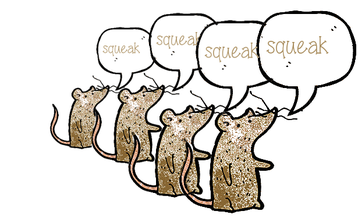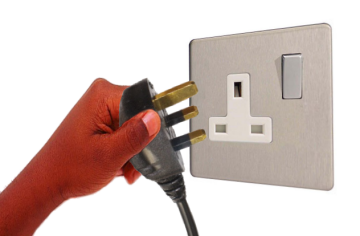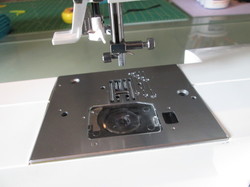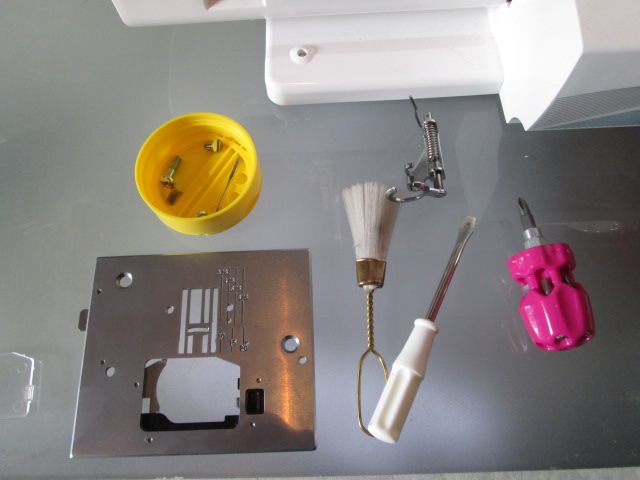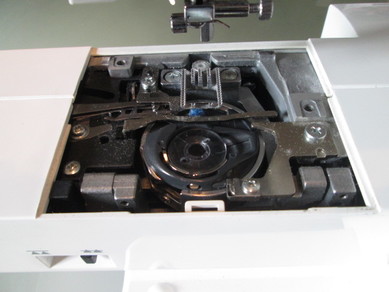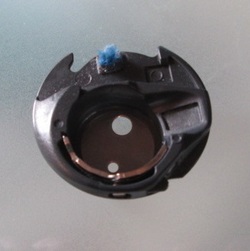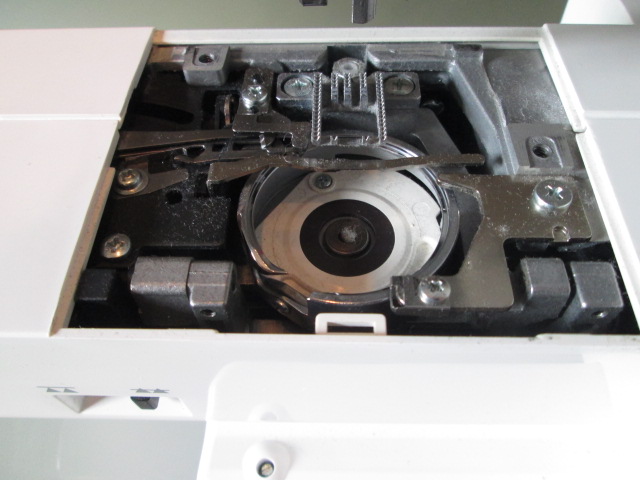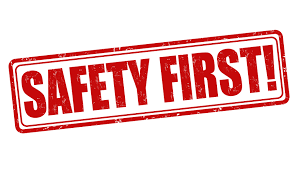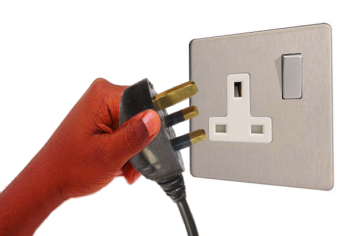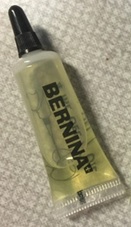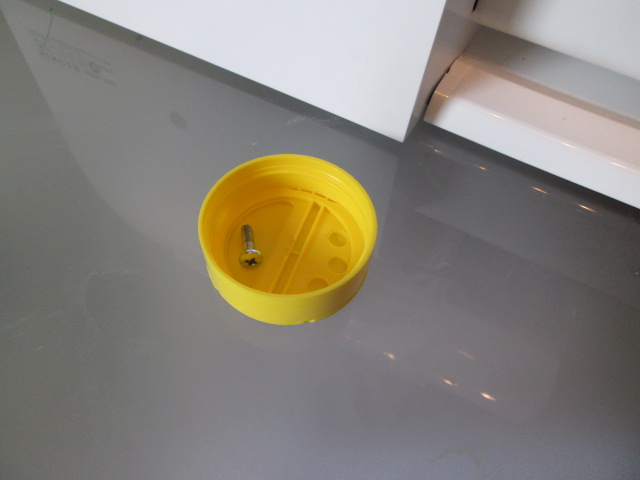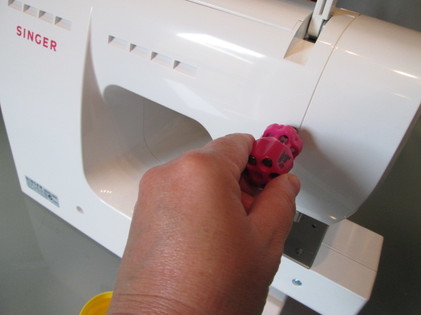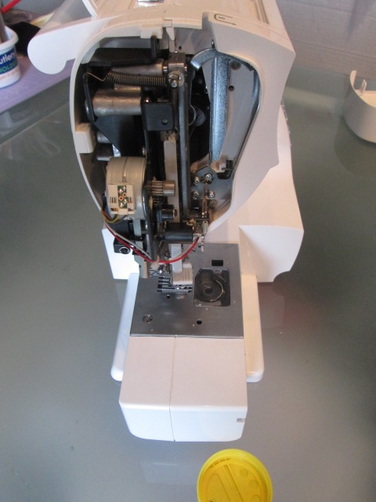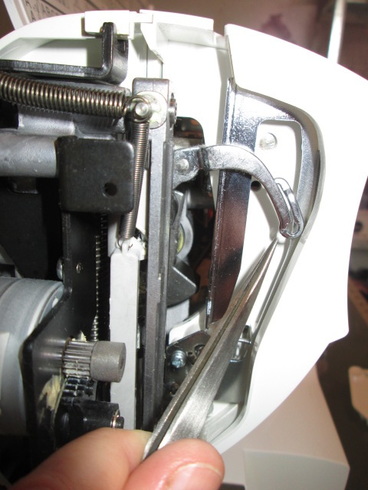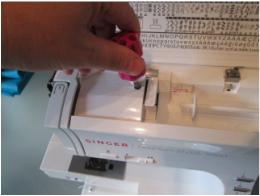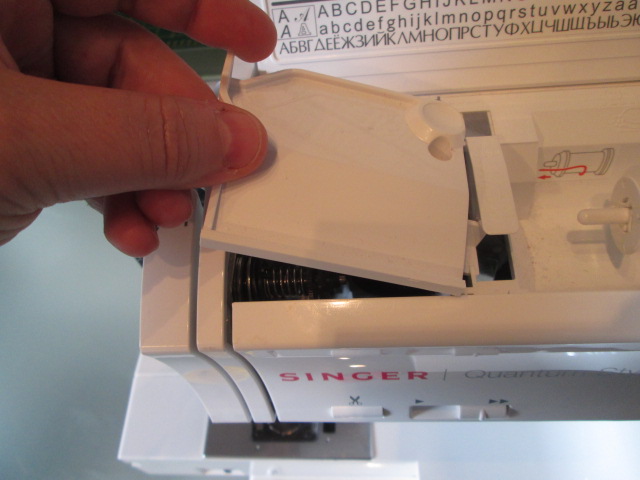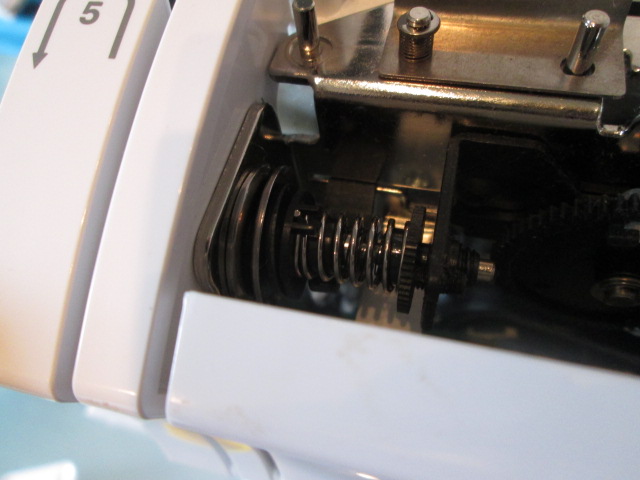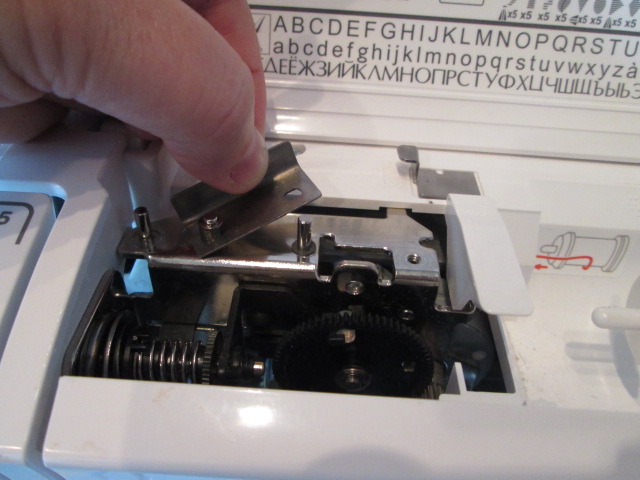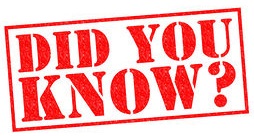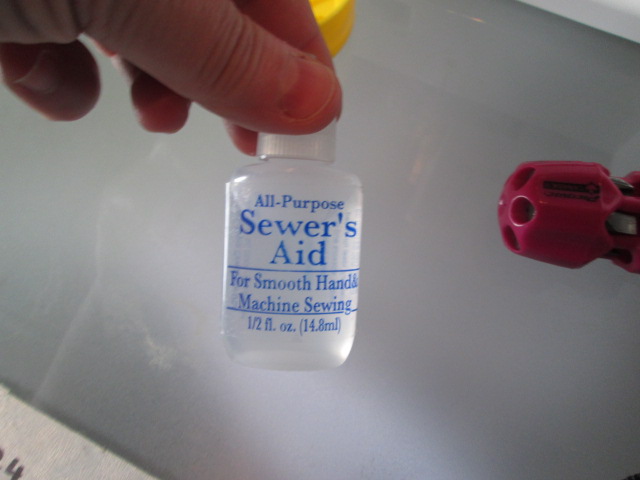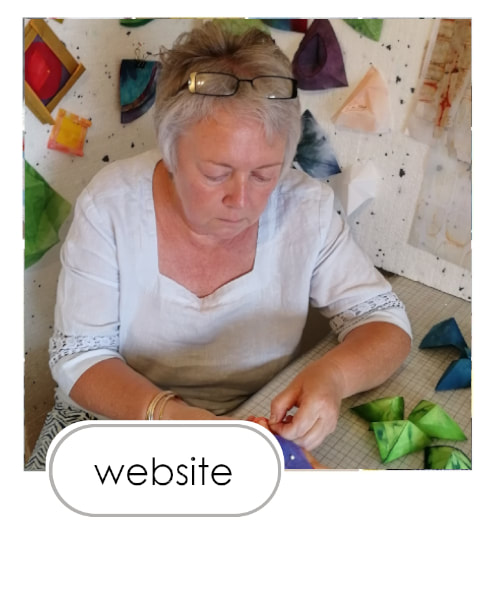|
I had a funny half hour this week. I was quilting a new piece of work and all was going well. But very gradually a small squeak began. Nothing much, just a little noise. So I ignored it and carried on. Probably not the smartest thing to do, but I had a nice rhythm going and I didn't want to stop. Slowly the squeak became louder and louder until I realised that it wasn't going to go away, and in fact, I might be doing some serious damage to the machine. So I stopped and did the (almost) right thing.
Starting in the bobbin zone
Moving on up to the sewing head
Once I had checked that the mechanism was moving up and down freely I replaced the needle and presser foot and plugged it all back in again. To make sure no residual oil would make a mess I stitched onto a piece of scrap fabric for a few minutes - and guess what.............. the squeak was gone! Da da!!
Thanks for reading.
|
|
